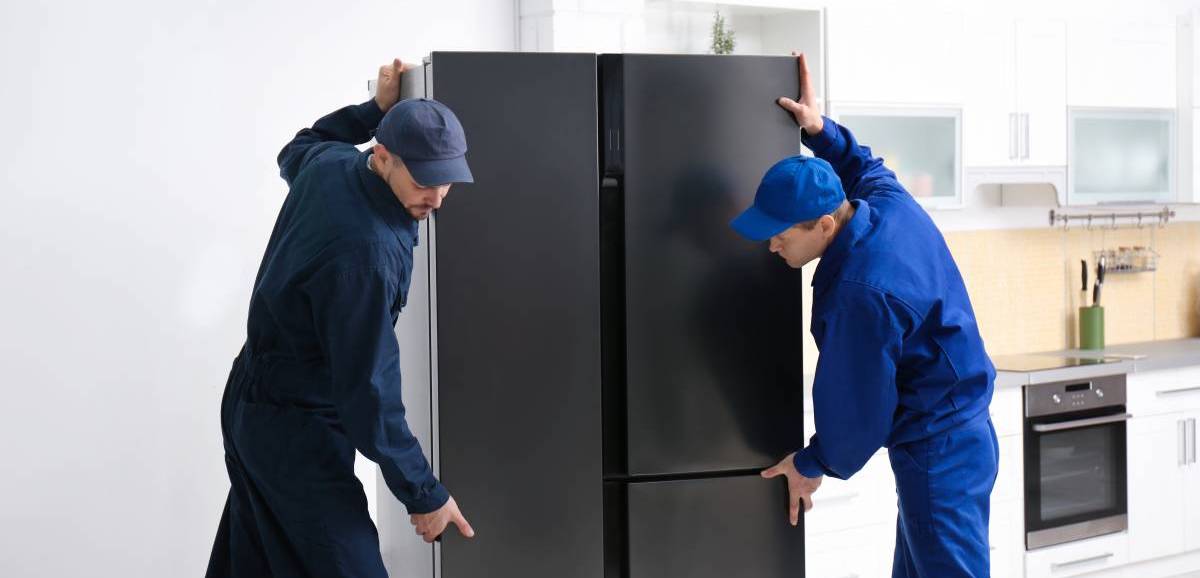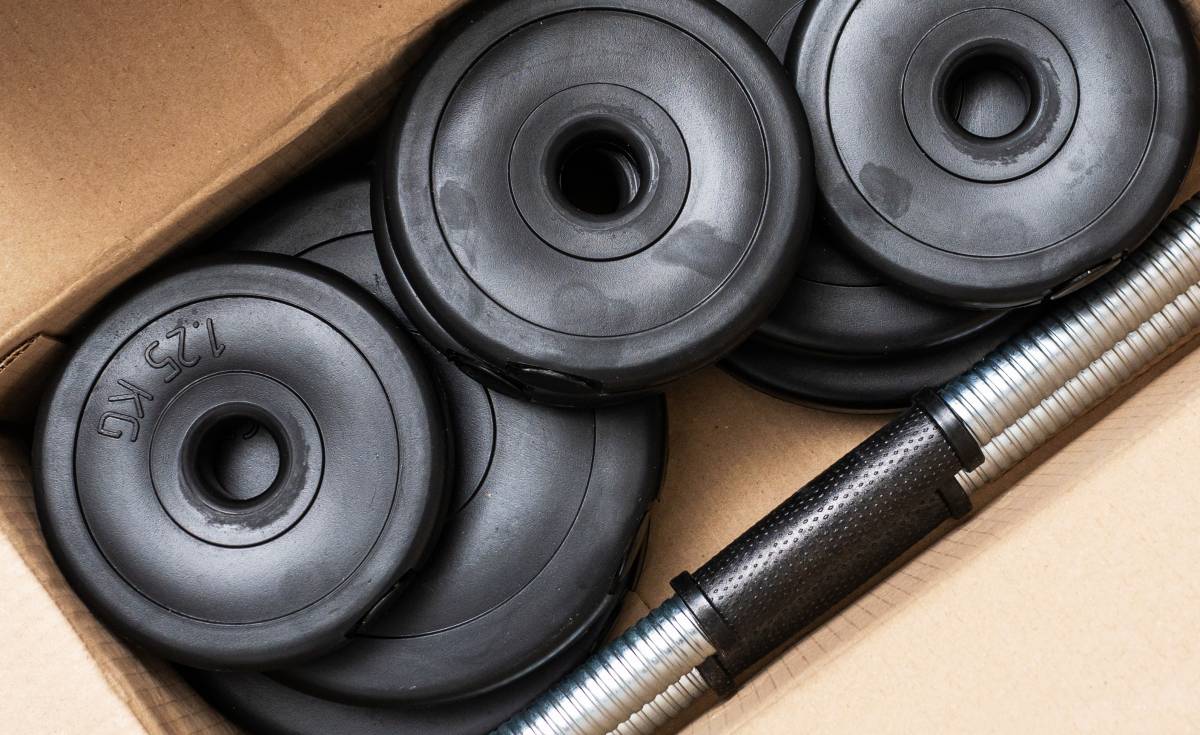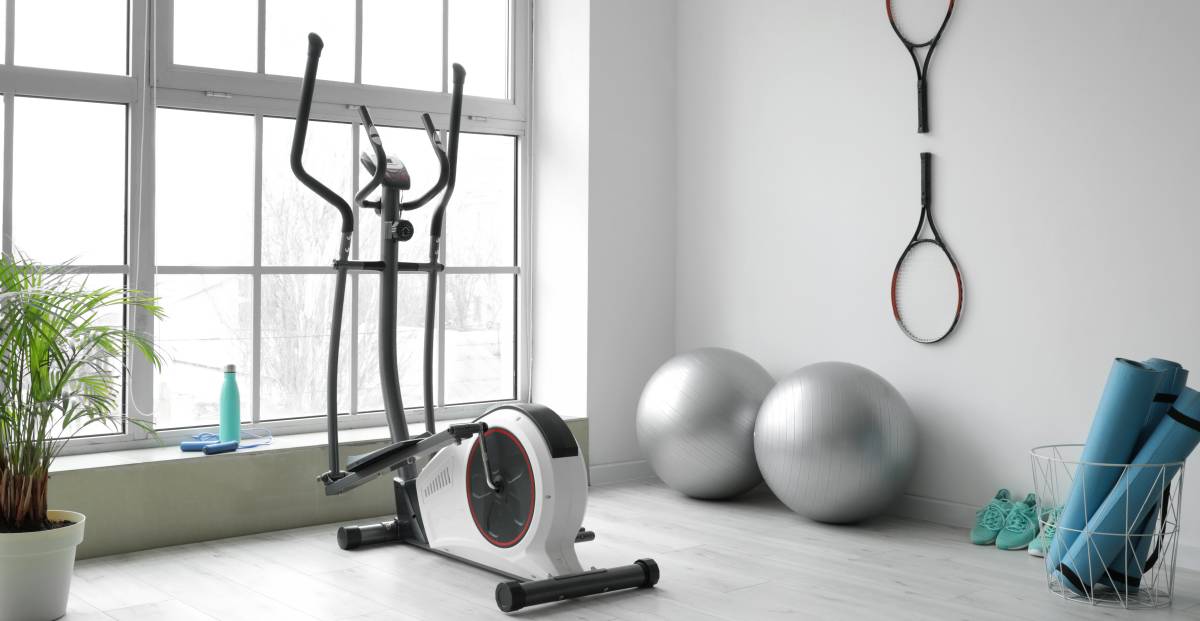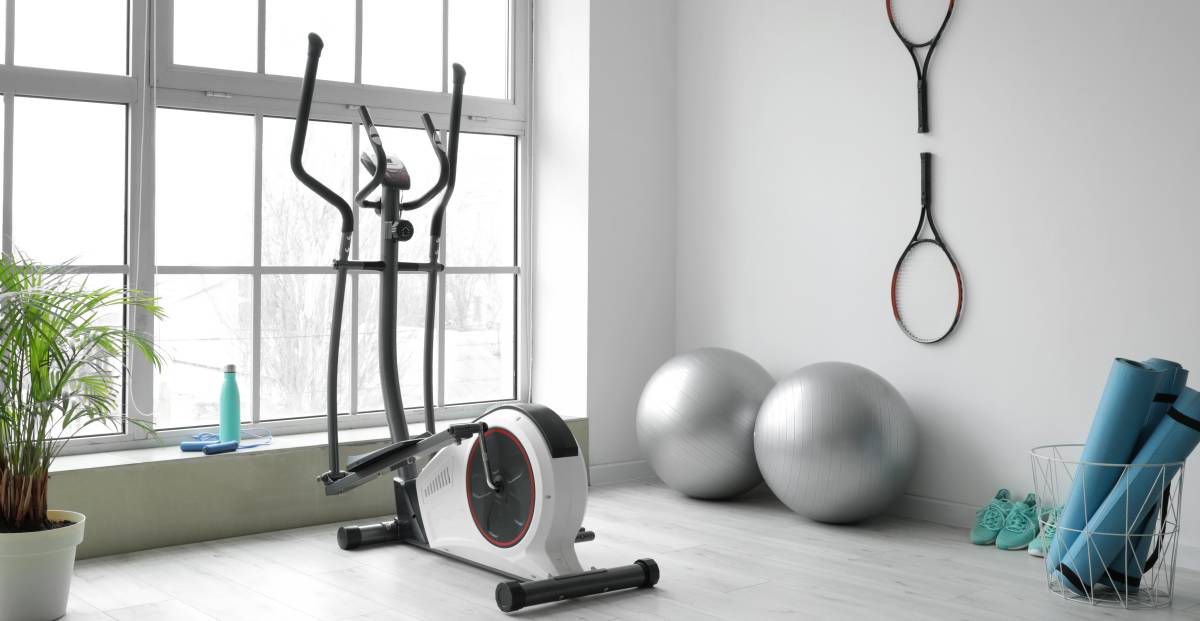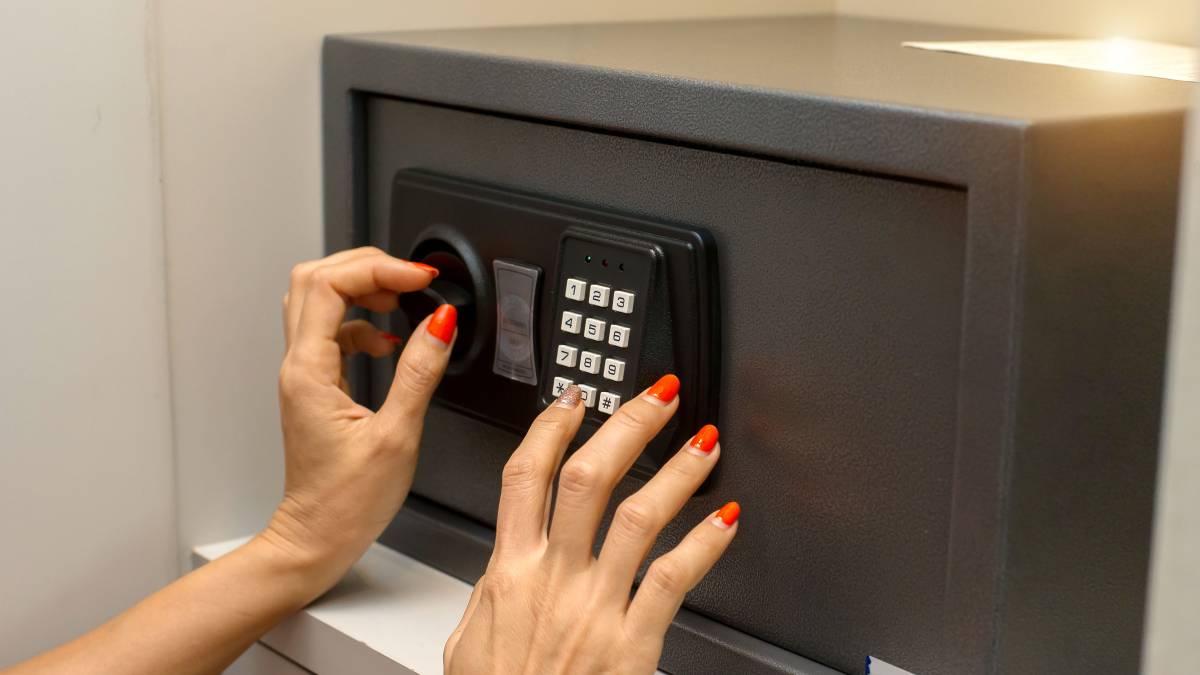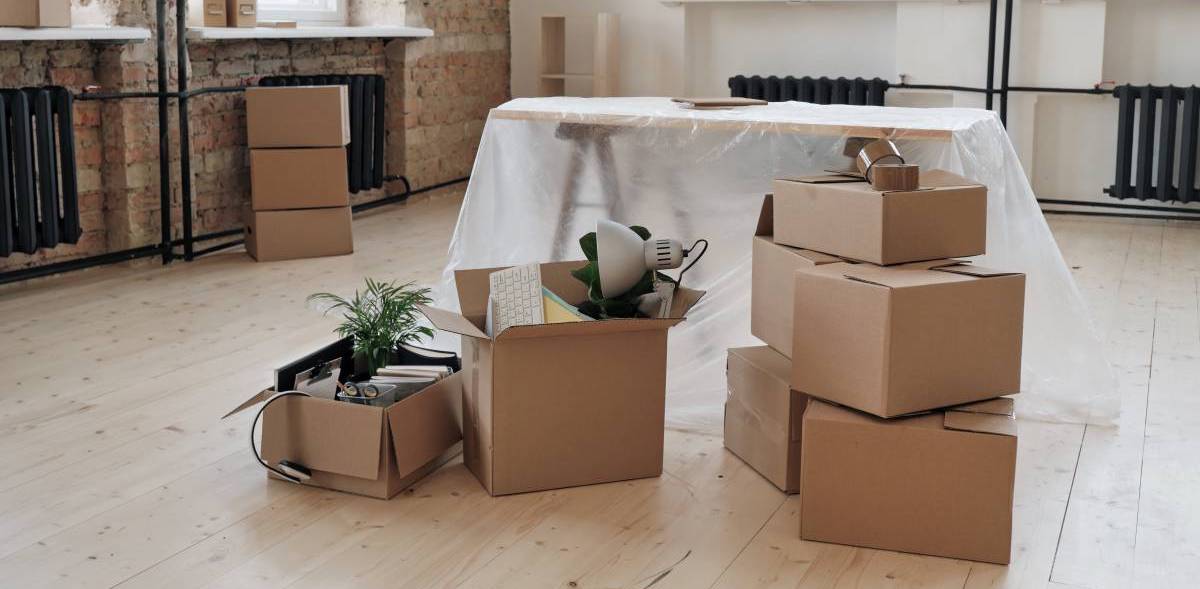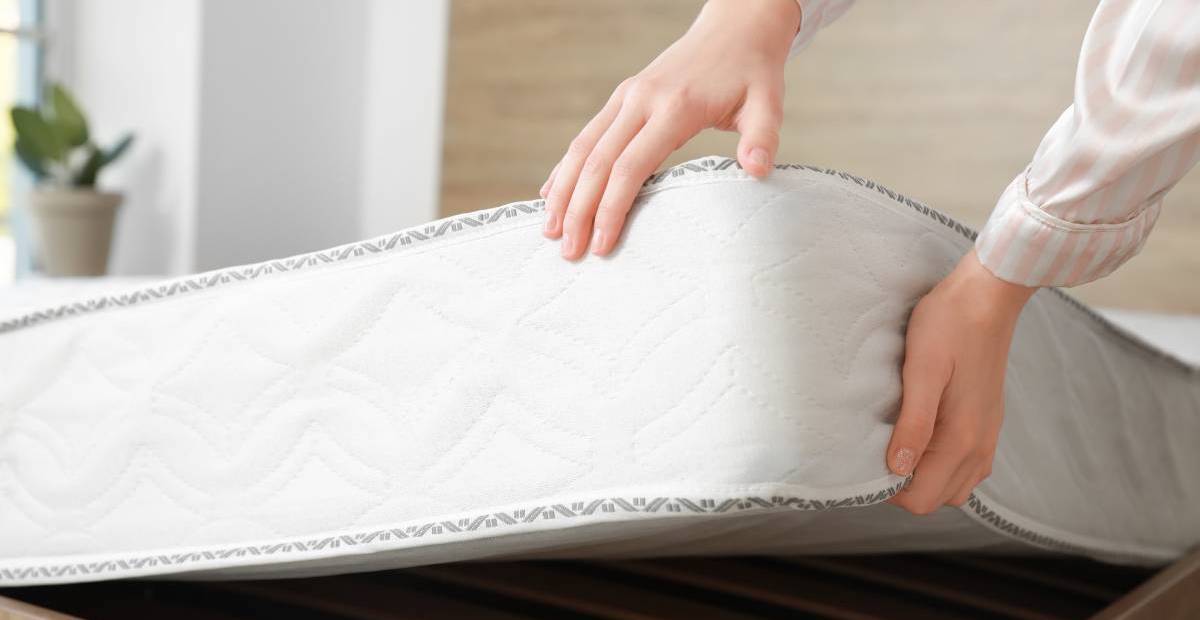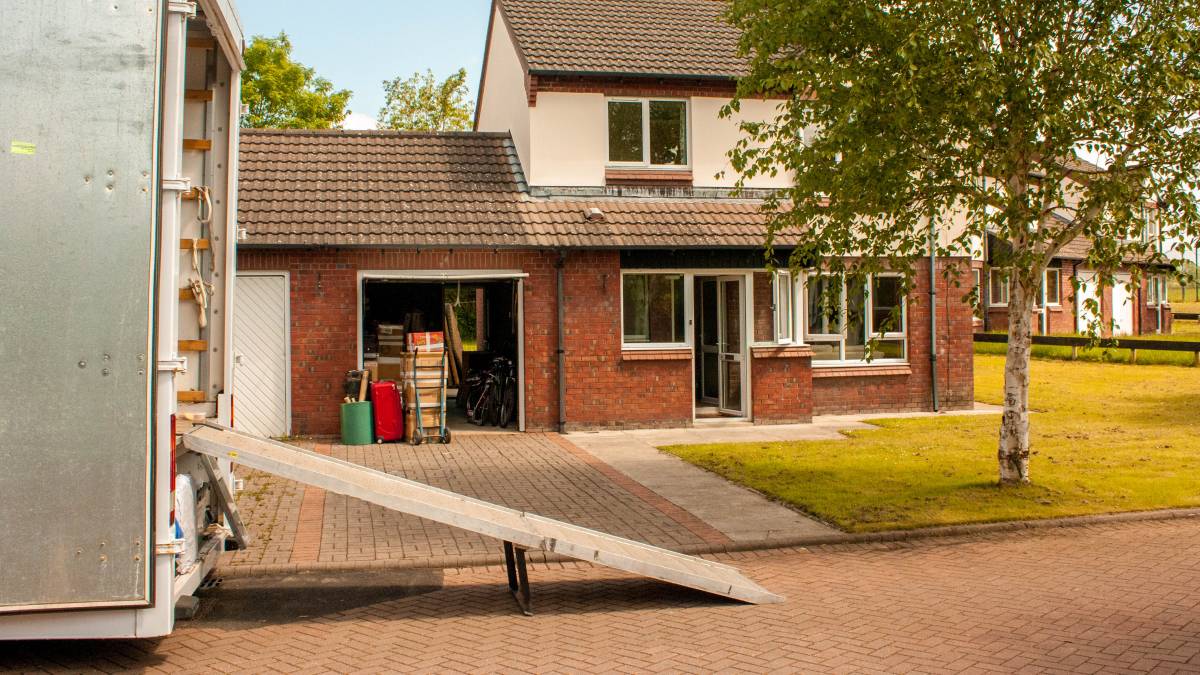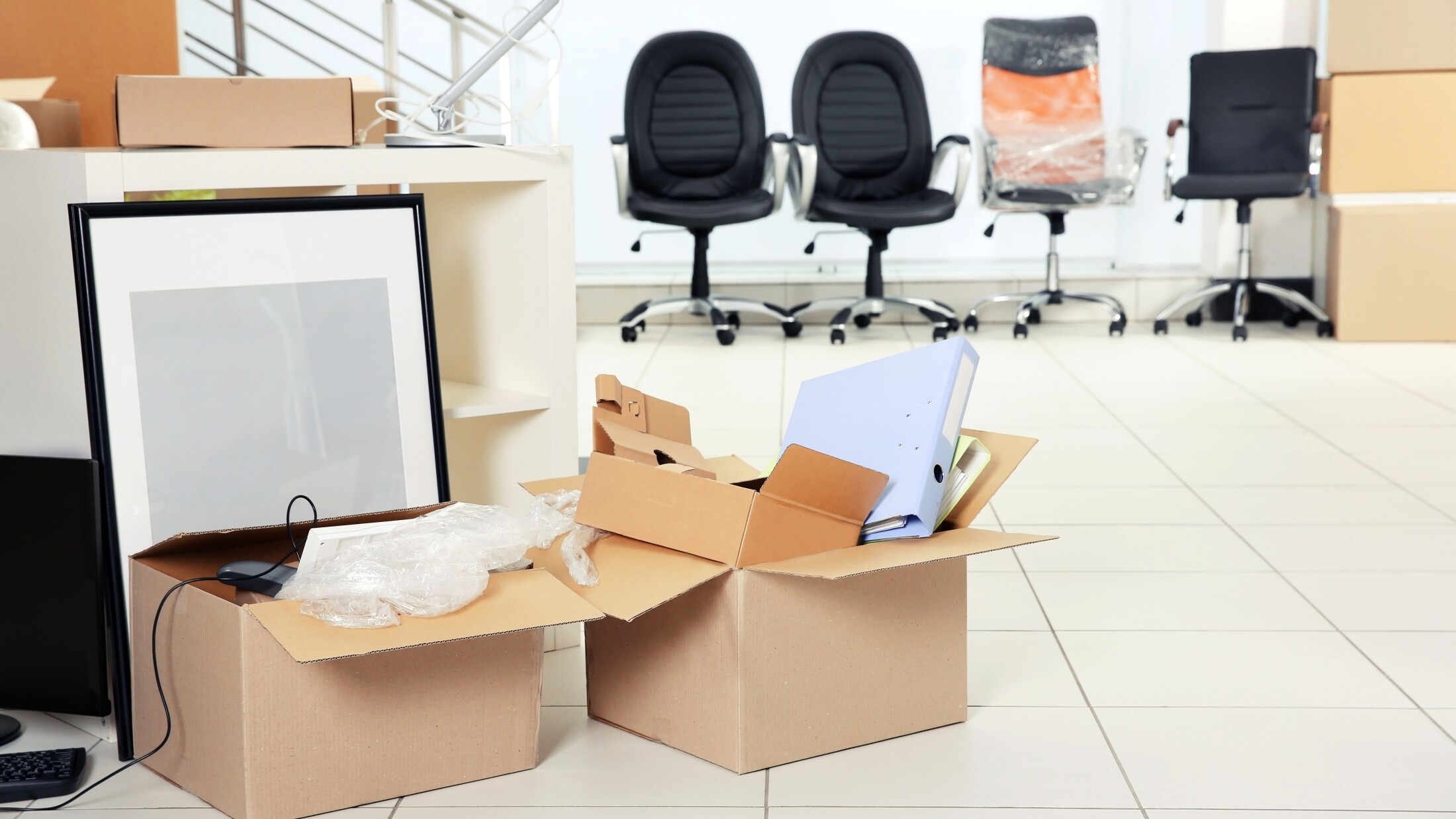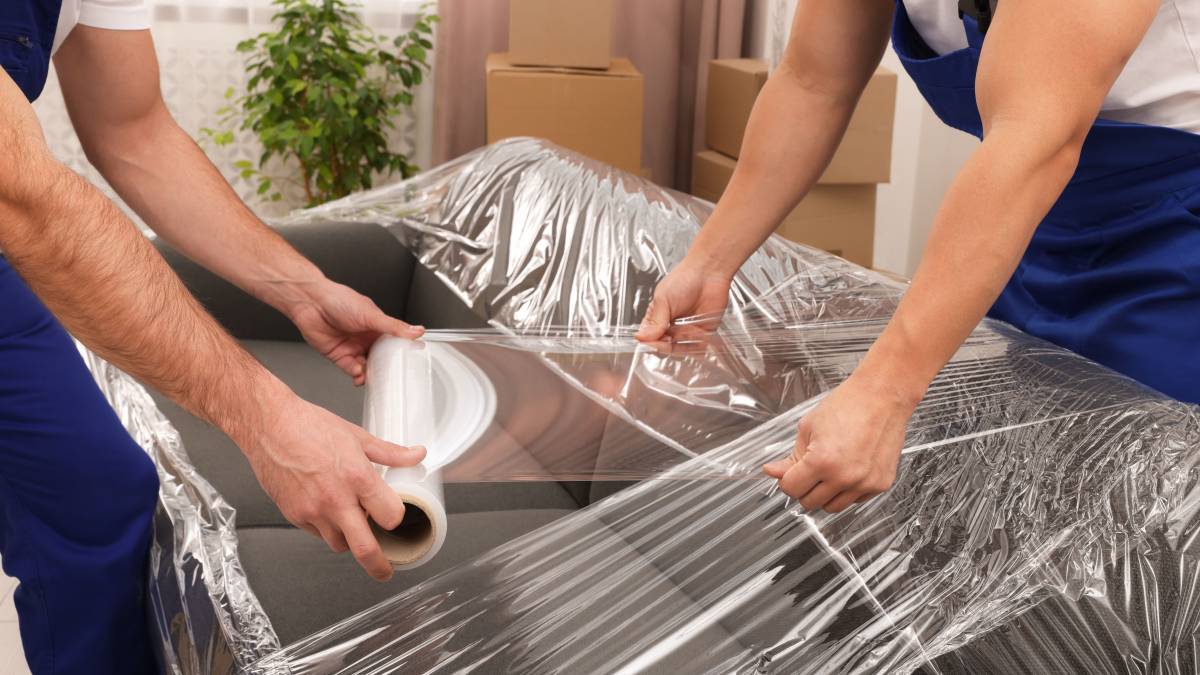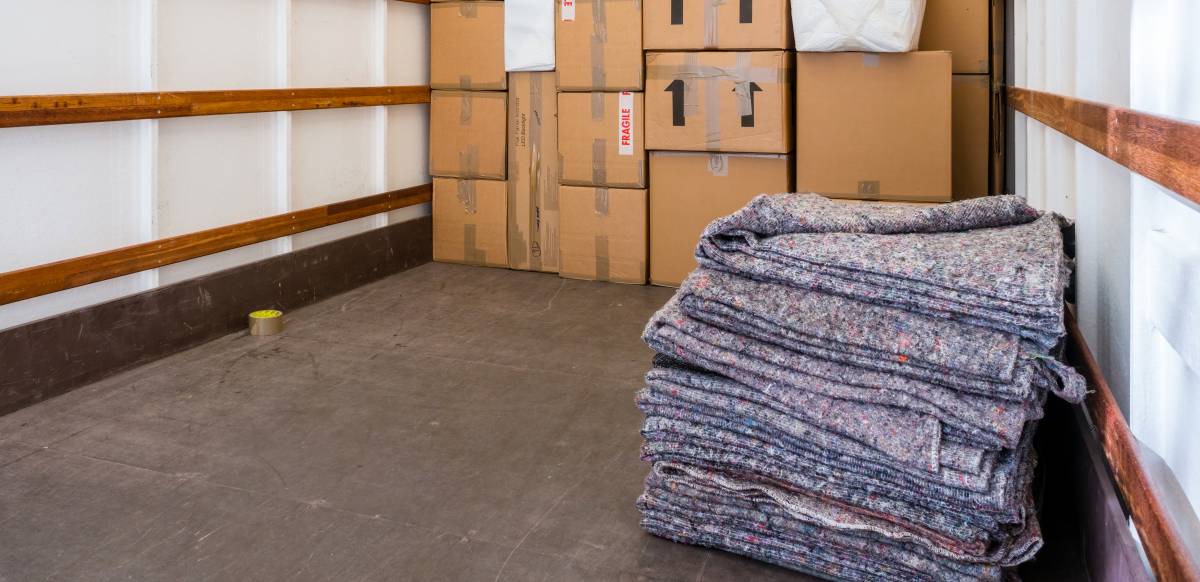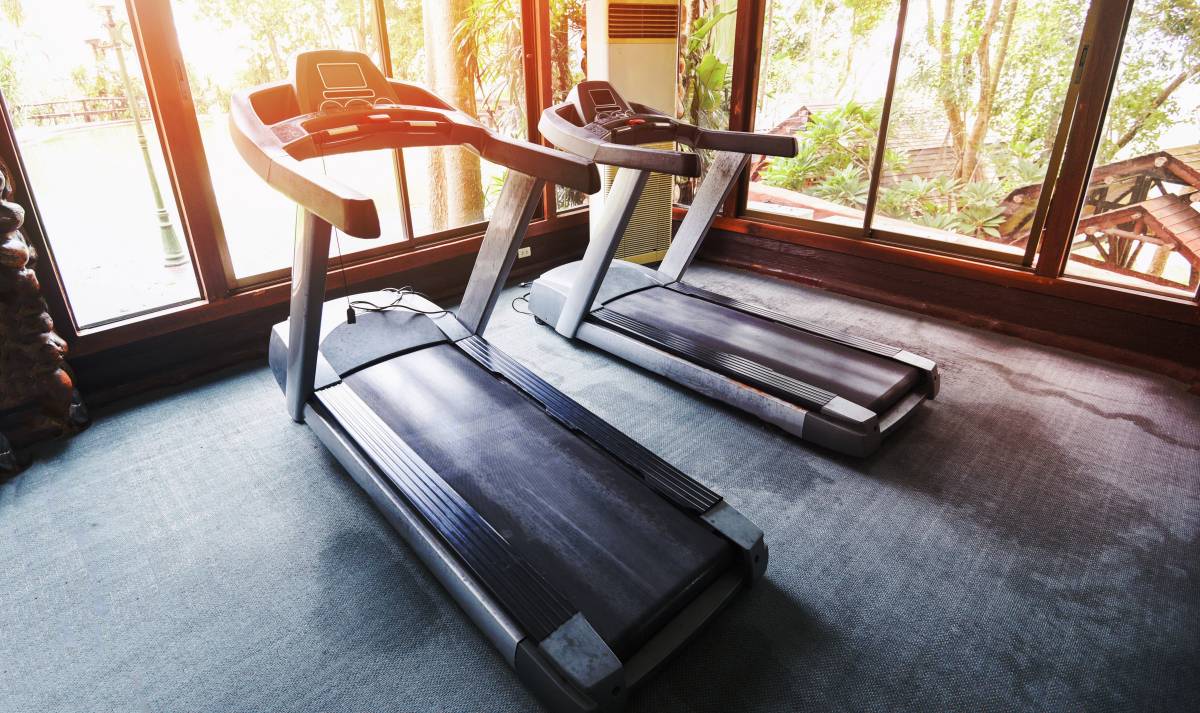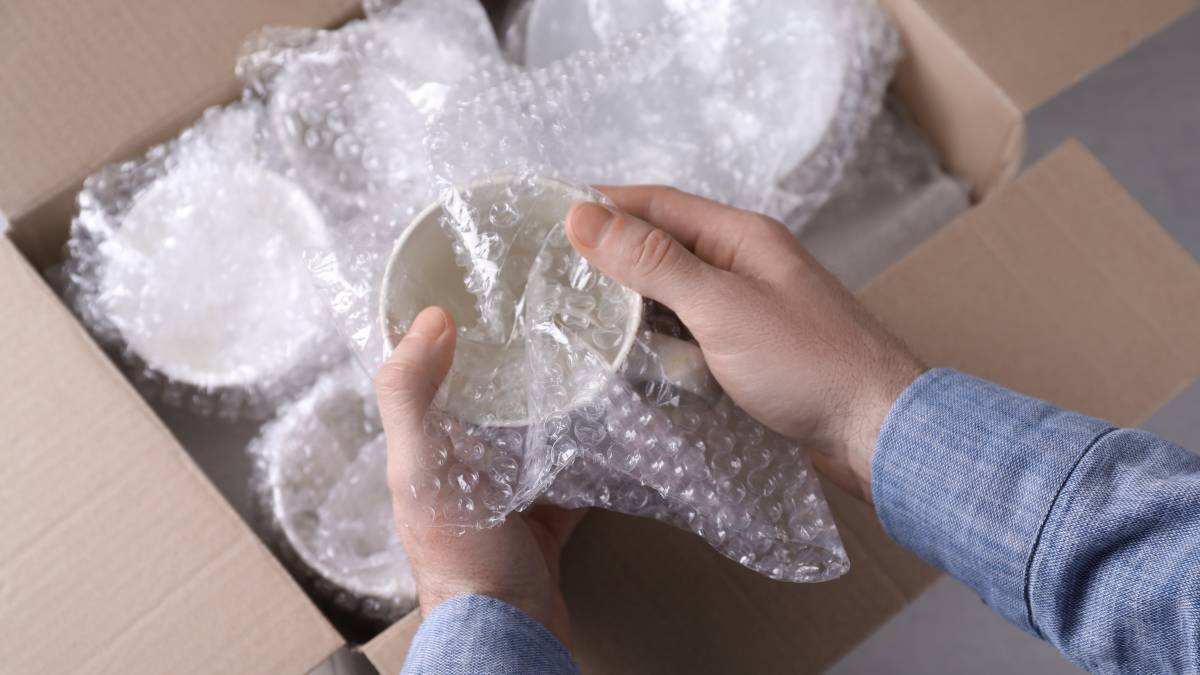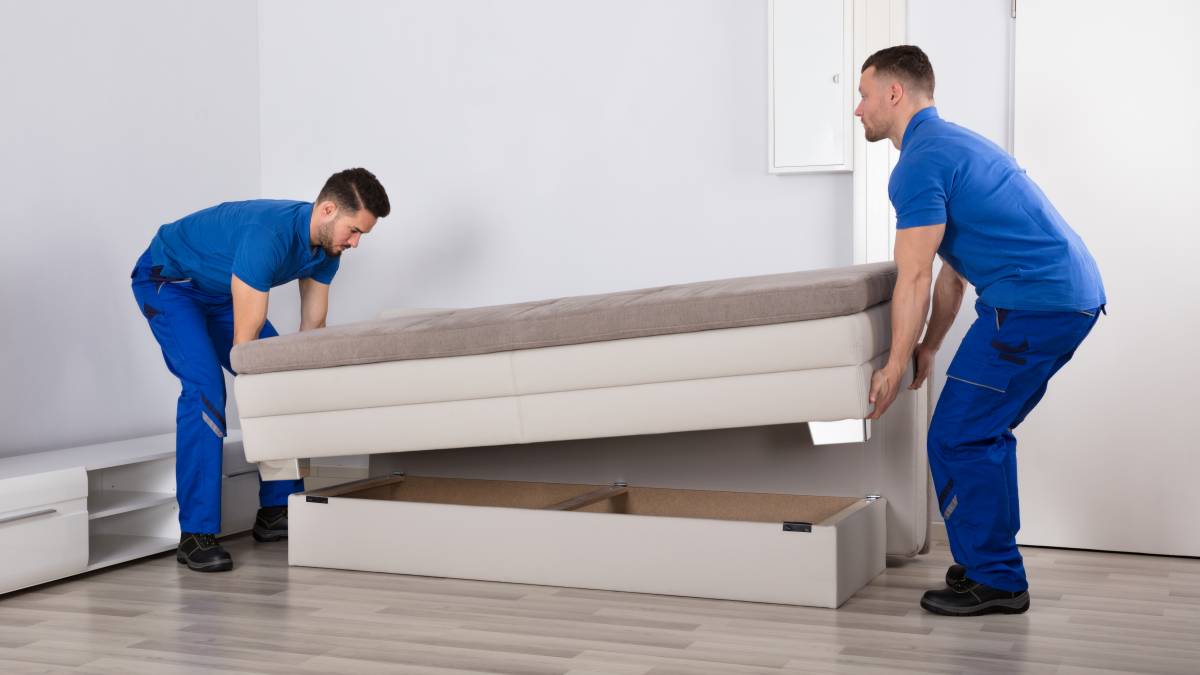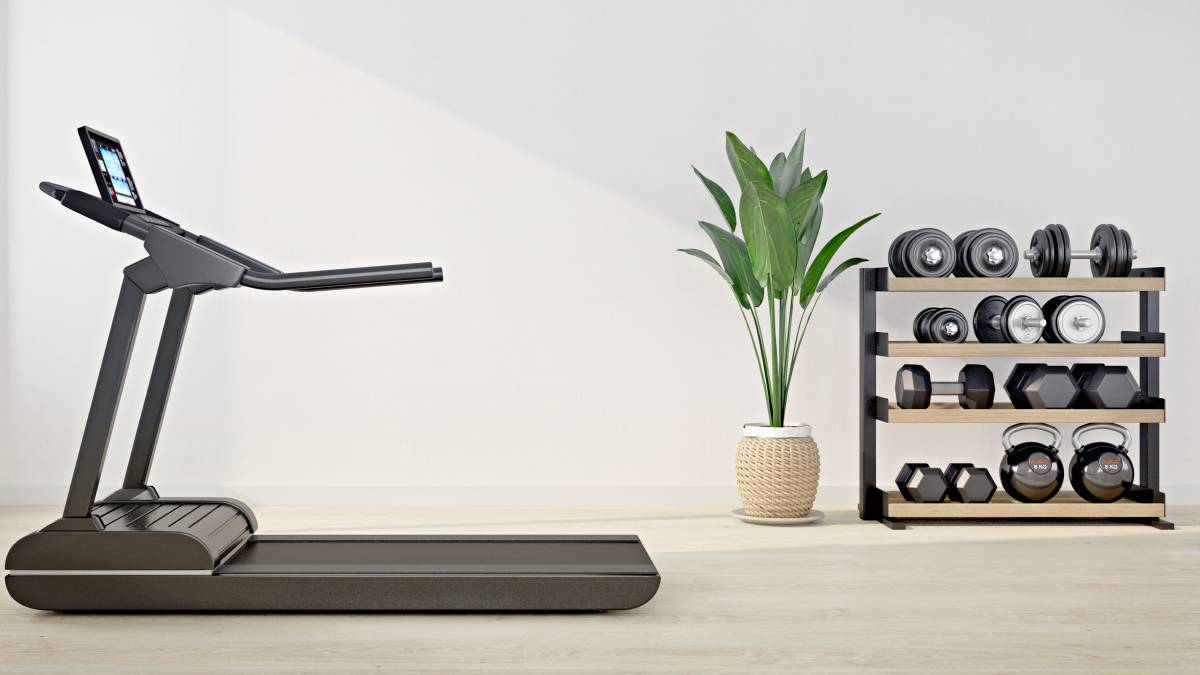- Home/
- Guides/
- Appliance Movers/
- How to Move Washing Machines
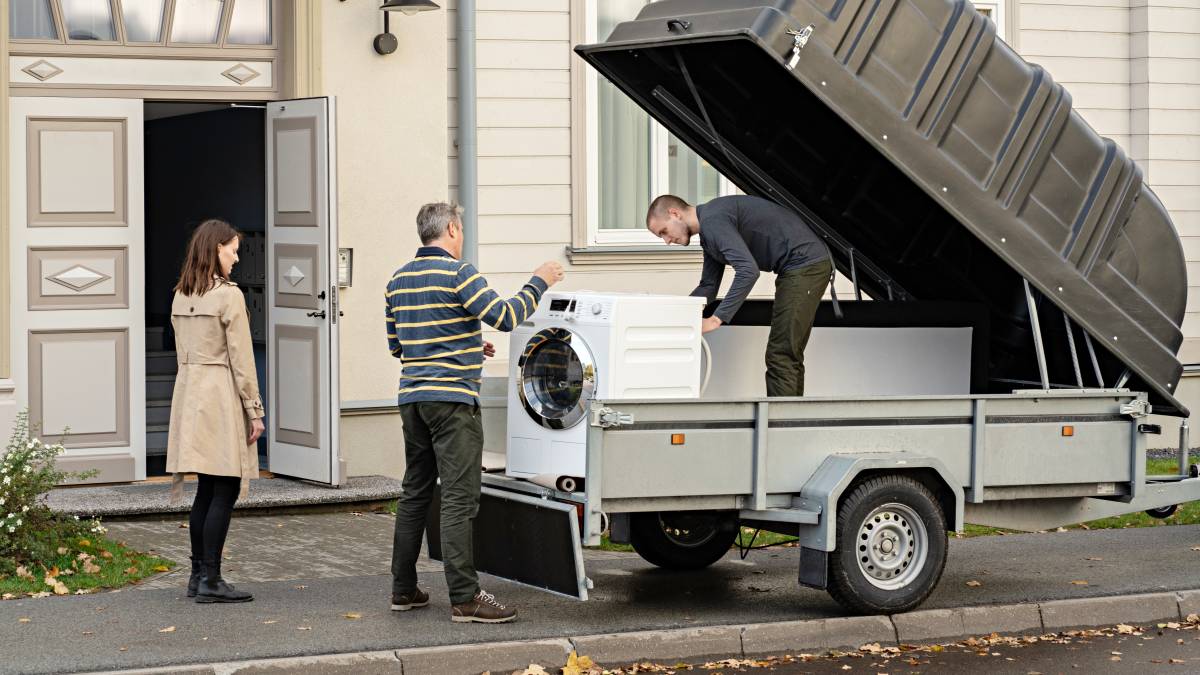
How to move a washing machine
Safely moving your washing machine or washer-dryer to a new location
Get moving helpLast Updated on
Relocating can be a tedious task these days. Whether you’re moving to a new apartment, rearranging your home, or getting rid of old appliances, it’s prudent to know what you’re doing to avoid any mishaps. If you need to know how to move a washing machine or a washer and dryer set, you’ve come to the right place.
Differentiating washing machines and washer-dryers

Learning more about your appliances can be fun, especially if you need to move a laundry machine or washer-dryer. A washing machine is a stand-alone appliance for washing clothes using water and detergent. It typically has features like various wash cycles, temperature settings, and a spin cycle to remove excess water from clothes.
On the other hand, a washer-dryer could refer to a washing machine and dryer built into one. It performs most, if not all, of the functions of a typical washing machine, and it can use heat to dry your clothes.
A washer and dryer set could also refer to two separate appliances that work together to clean and dry clothes. These include a stand-alone washing machine and a separate dryer to dry your clothes after washing them. They are usually installed side by side or one on top of the other.
Preparing to move heavy appliances
Can you relocate a washing machine or washer-dryer? Of course, you can! Moving washers such as front-load washing machines or any big appliance is a significant undertaking, so you’ll need to prepare.
1. Gather all the necessary tools and equipment
These include working or non-slip gloves, transit bolts, forearm forklifts, an appliance dolly, moving blankets, temporary ramps, plastic wrap, rope, moving straps, and duck tape to hold things together. Essentially, you’ll need anything and everything to make sure you can safely move your washing machine and dryer.
2. Physically prepare yourself
If you need to learn how to move a washing machine by yourself, you must prepare physically and be in top shape (0r at least fit enough so that you won’t hurt yourself). Be sure to exercise days beforehand so that your body is accustomed to physical activity. Stretching is also vital before you start doing some heavy lifting. Most of all, use all the tools at your disposal to make the job easier.
How to move washing machines and washer-dryers
Here are general steps to follow when moving washing machines or washer-dryers:
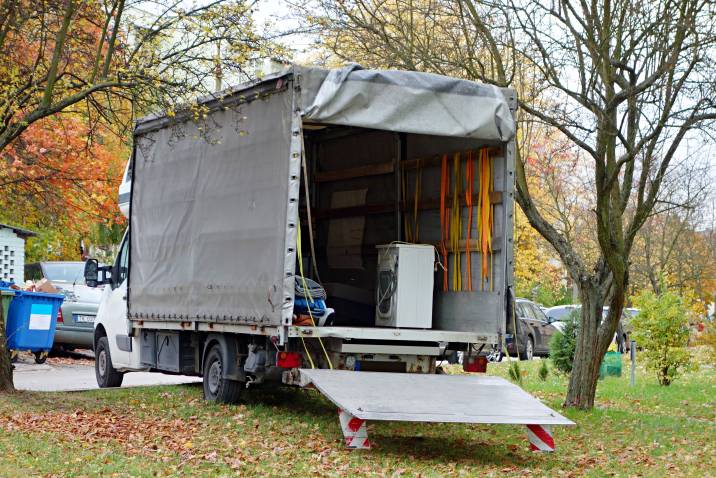
1. Clean and drain them before moving
To clean washing machines, do the following:
- Run a clean rinse cycle with a washer cleaning solution recommended for your appliance.
- Once done, leave the lid open to help dry your machine.
- Ensure your machine is completely dry to prevent mold from growing.
To clean dryers, do the following:
- Empty your lint trap.
- Use a vacuum to clean the dryer vents
- Wash your dryer filters with mild soap and running water.
- Be sure to thoroughly dry your filters to prevent mold.
2. Safely switch them off before moving
- Cut the electricity to your washer and dryer from your breaker.
- Detach the water pipe connected to your washer.
- Disconnect your dryer from its vent and gas line.
3. Wrap or cover them before moving
Make sure to wrap your appliance in protective moving blankets, towels, or plastic wrap. This prevents damage when you move your washing machine or dryer to another house.
4. Load them using a dolly and forearm forklifts
Carefully load your washer or dryer to an appliance dolly. Lift it with your hands or use forearm forklifts to carry your appliance and load it onto a dolly easily. You can even hire people to do the heavy lifting! Once you’ve secured your washing machine or washer-dryer with moving straps, you’re good to go.
How to move a washing machine to another room
Moving your washing machine or washer-dryer to another part of your home won’t be as challenging as moving it to a new home or apartment. If you’re moving to an adjacent room, how do you move a washer and dryer without a dolly? Grab a friend and use forearm forklifts to move your appliance across small distances. You can use a forearm forklift to move your washing machine without a dolly, but it will be physically demanding.
How to move a washing machine and dryer to another floor
The steps for moving your washing machine upstairs or downstairs are slightly different from those previously mentioned. To move your washer and dryer upstairs, the best way is to add ramps and use a dolly. Use the same technique when moving your washing machine downstairs. Using a dolly and a temporary ramp, you’ll have your appliance moved quickly. If you don’t have a ramp, move your washing machine downstairs or upstairs using a dolly one step at a time.
How to move a washer and dryer set to a new home
Moving to a new home or apartment can be both exciting and tiring. If you’re taking your washer and dryer to a new home, secure it for the journey and prevent damage during transport. Moving blankets, plastic wrap, and even bubble wrap will be your best friends. Use duct tape or rope to tie your moving blankets to your washing machine or dryer.
Because your washer-dryer has moving parts, you must use transit bolts to screw the parts in place. Be sure to attach moving straps to secure your appliance, especially if you’re moving houses and hiring truck movers as transport. Pros can move it effortlessly with tools like a ramp and dolly.
How to move a washing machine to a disposal or recycling center
If you plan to recycle or get rid of a washing machine, you can follow the general steps above. The only difference is that you don’t need extra precautions to secure your old washer and dryer. You can even hire junk removal services to extract your old washing machine.
Get an idea of how much junk removal costs to set the right price when you're hiring a pro. |
When to seek professional moving help
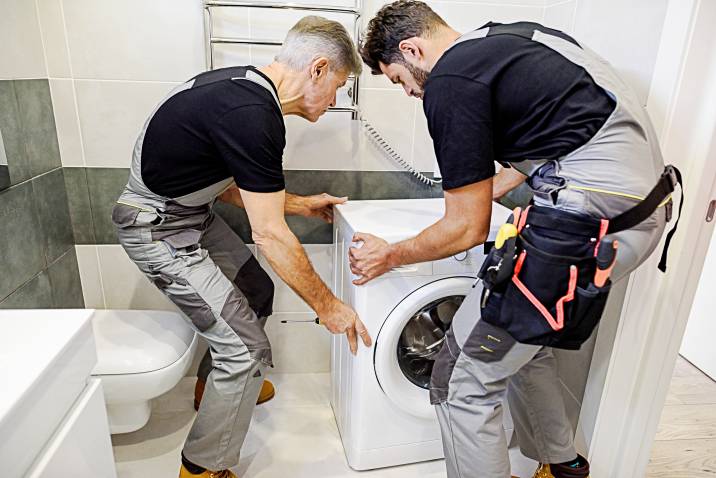
Here are some situations when you should hire professional moving services:
If you have a lot of appliances and other belongings to move, hiring professionals can save you time and effort.
Moving to another state or city can be taxing and present you with logistical difficulties. Professionals have the expertise and resources to handle long-distance moves safely and efficiently.
If you’re unsure how to move a washing machine yourself, best leave this to the experts. Doing it yourself without proper know-how can damage your appliance and cause harm.
If you have fragile, valuable, or sentimental items, professional movers can provide specialized packing to transport them safely.
Moving can be a physically and emotionally draining process. Hiring professional movers can take the burden off you if you don’t have the time or energy to pack, load, and unload your belongings.
If you need to store some of your belongings during the moving process, professional movers can keep your items safe and secure until you are ready to retrieve them.
If you dislike the idea of moving a washing machine by yourself, Airtasker can connect you with movers in your area. Just post a task, indicate your schedule, budget, and other essential details, and you’re all set!
Taskers will send you offers for you to review. Then, you can read reviews from previous customers and pick the best professional for your needs.
FAQs
Yes, it can be challenging, as it entails a lot of physical labor. If you’re fit and a bit of a handyman, you should be able to do it with a couple of friends. However, for most people, hiring a professional is preferred.
Load your washing machine first before other appliances or furniture. Make sure it’s positioned near the front of the van or container truck, just behind the driver and front passenger.
You must transport your washing machine upright like you would when installing it at home. Hauling any washing machine on its side could damage its exterior and interior.
Always use transit bolts when transporting your washer and dryer. The transit bolts are necessary to protect and secure the drum during transport. Probably the only time you’ll move a washing machine without transit bolts is when it’s ready for disposal.
Tilt your washing machine to one side just enough to insert a piece of cardboard or a rug as far back as possible. Then, slightly wiggle the washing machine until it’s entirely sitting on the rug or cardboard. Doing this lets you safely move your washing machine without damaging the floor.
Find appliance movers, fast
Find an appliance mover
Related articles

A guide to becoming a mover
Read more
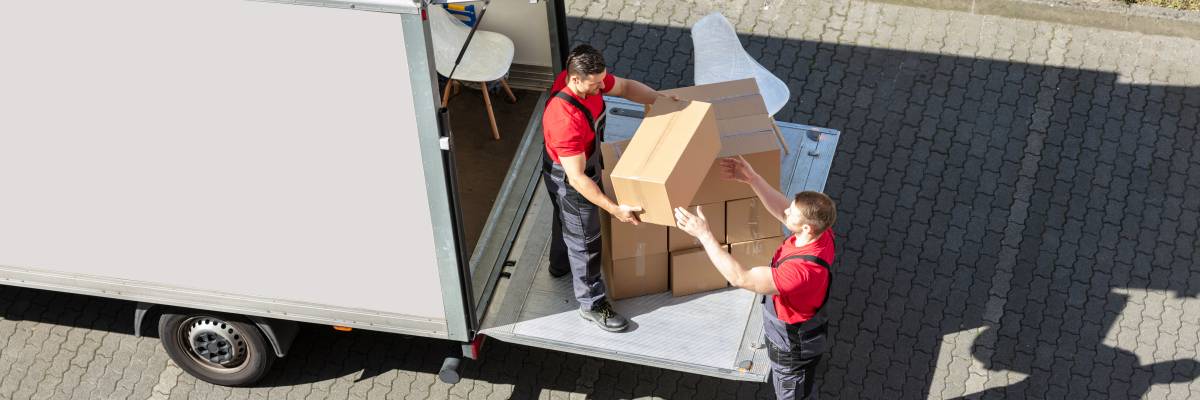
How much do movers make?
Read more

How to move a washing machine
Read more

How to move a pinball machine
Read more

How to wrap furniture for moving
Read more

Moving out of state checklist
Read more

Tips for moving house with kids
Read more
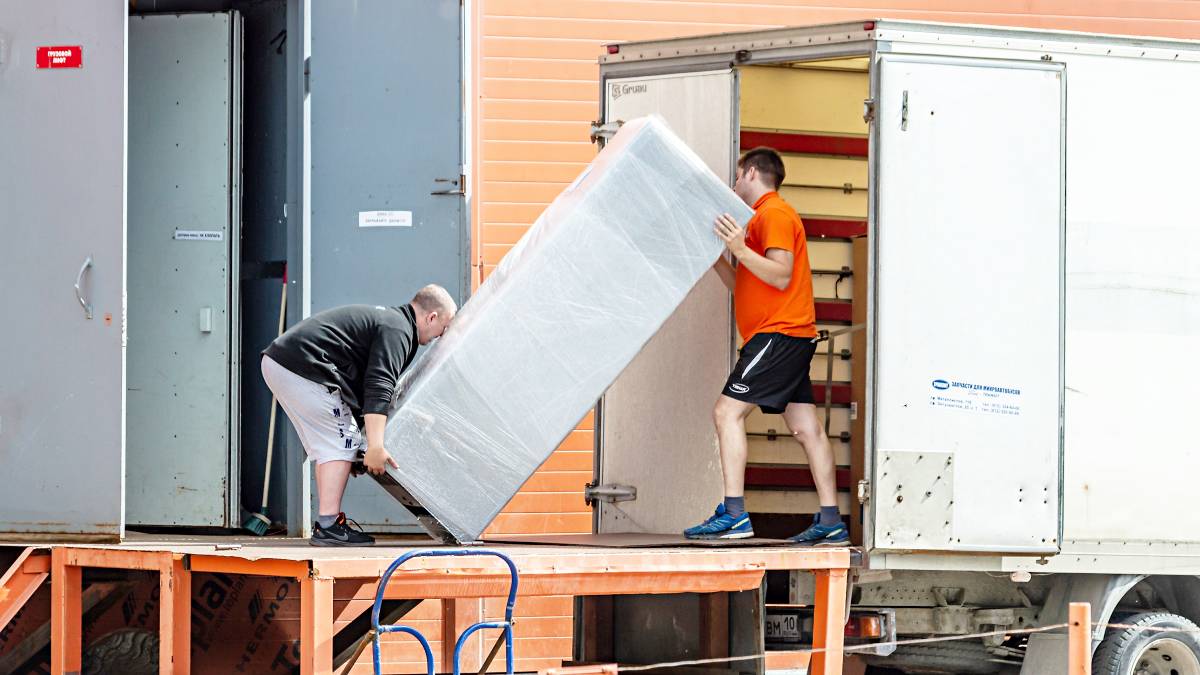
How to move a refrigerator
Read more

The ultimate packing and moving list
Read more

How to move a vending machine
Read more

How to pack artwork for moving
Read more

How to pack bedding for moving
Read more

How to move a pool table
Read more

How to pack books for moving
Read more

How to move a shed
Read more

How to pack kitchen items
Read more
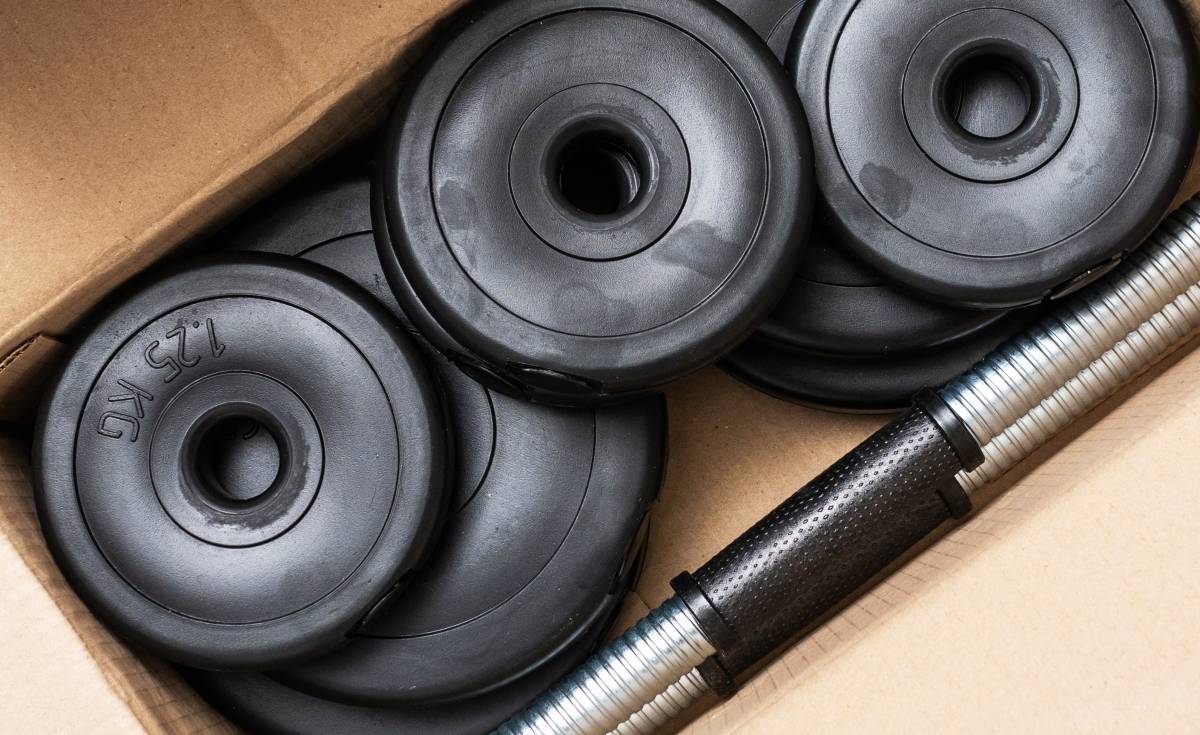
How to move gym equipment safely
Read more
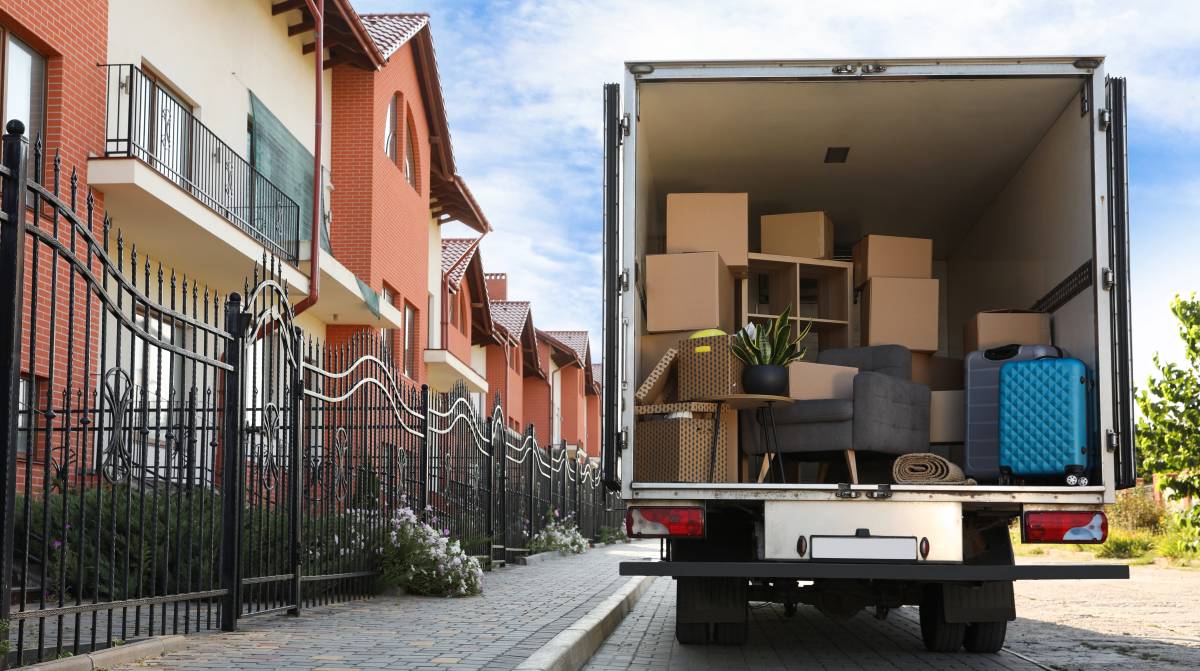
How to pack a moving truck
Read more

Moving interstate checklist
Read more
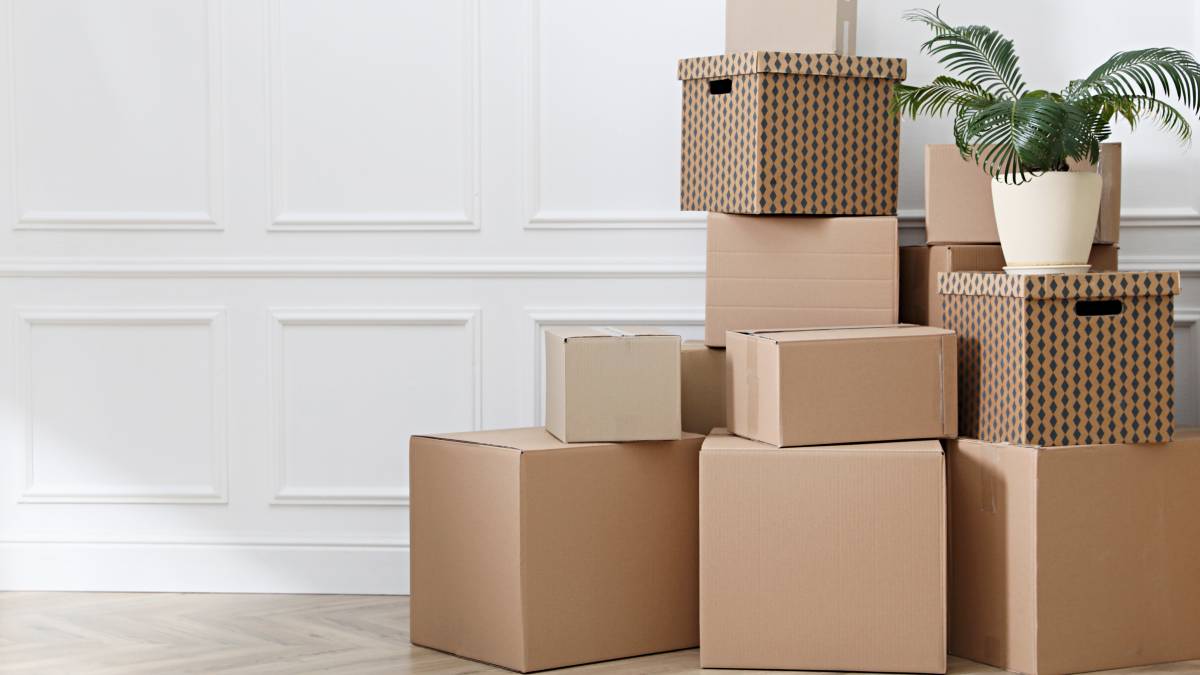
Where to get moving boxes for free
Read more

What movers won’t move
Read more
Related price guides

How much does mattress removal cost?
Read more

How much do packers cost?
Read more
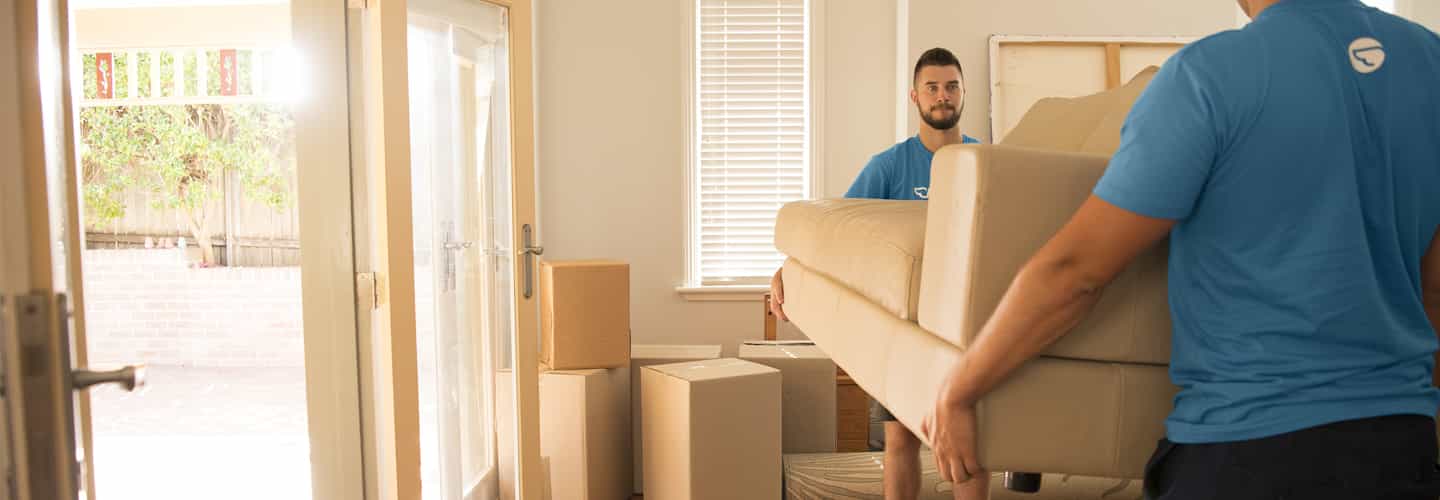
How much does a removalist cost?
Read more


